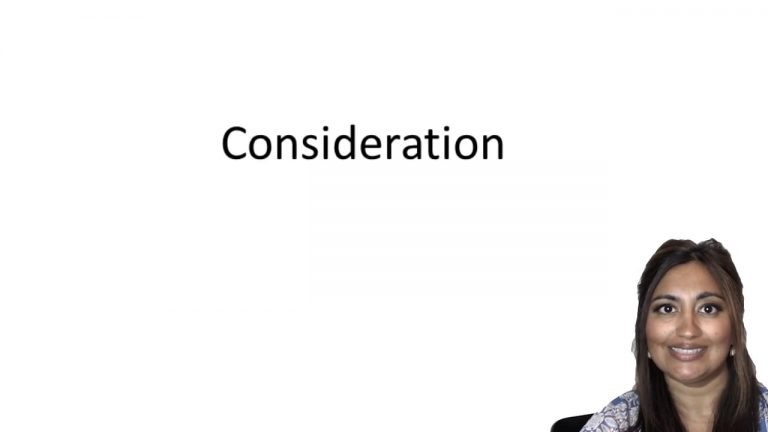SmartBrief
Confirm favorite deletion?
Contracts Keyed to Epstein
Forester v. Scott
Citation:
38 Ohio App.2d 15 (1973)Facts
In 1961, while Virginia (Forester) Cockrell was married to Perry Forester, she gave birth to Joyce Renee Forester. Just prior to the child’s birth, Perry Forester entered into a third-party beneficiary contract with the appellant. It provided that the appellant would pay $15 per week for the support of a child which is to be born on or about the 1st day of June 1961, until the child reaches its eighteenth birthday. In return for this promise, Perry Forester agreed to release Mark Scott from any and all claims against Mark Scott for the alienation of the affections of Virginia Forester by Mark Scott for the loss of services of Virginia Forester to Perry Forester, her husband, and for the assault and battery of Virginia Forester by Mark Scott. Then the Foresters were divorced in 1963. Appellant asserts that the contract was unenforceable because there was insufficient evidence adduced to prove that it was supported by valuable consideration.
Only StudyBuddy Pro offers the complete Case Brief Anatomy*
Access the most important case brief elements for optimal case understanding.
*Case Brief Anatomy includes: Brief Prologue, Complete Case Brief, Brief Epilogue
- The Brief Prologue provides necessary case brief introductory information and includes:
Topic:
Identifies the topic of law and where this case fits within your course outline.Parties:
Identifies the cast of characters involved in the case.Procedural Posture & History:
Shares the case history with how lower courts have ruled on the matter.Case Key Terms, Acts, Doctrines, etc.:
A case specific Legal Term Dictionary.Case Doctrines, Acts, Statutes, Amendments and Treatises:
Identifies and Defines Legal Authority used in this case.
- The Case Brief is the complete case summarized and authored in the traditional Law School I.R.A.C. format. The Pro case brief includes:
Brief Facts:
A Synopsis of the Facts of the case.Rule of Law:
Identifies the Legal Principle the Court used in deciding the case.Facts:
What are the factual circumstances that gave rise to the civil or criminal case? What is the relationship of the Parties that are involved in the case.Issue(s):
Lists the Questions of Law that are raised by the Facts of the case.Holding:
Shares the Court's answer to the legal questions raised in the issue.Concurring / Dissenting Opinions:
Includes valuable concurring or dissenting opinions and their key points.Reasoning and Analysis:
Identifies the chain of argument(s) which led the judges to rule as they did.
- The Brief Prologue closes the case brief with important forward-looking discussion and includes:
Policy:
Identifies the Policy if any that has been established by the case.Court Direction:
Shares where the Court went from here for this case.
Topic Resources
Topic Outline
Topic Refresher Course
Topic Charts & Notes

 12m 9s
12m 9s